Decoding the Contrast: Unraveling Natural vs. Cultured Pearls

This exposition seeks to demystify the enchanting realm of natural and cultured pearls, shedding light on their distinctive characteristics and the allure that has captivated humanity for centuries.
Pearls, those lustrous gems of the ocean, have adorned crowns, necklaces, and cherished ornaments since antiquity, embodying a timeless elegance that transcends eras and cultures.
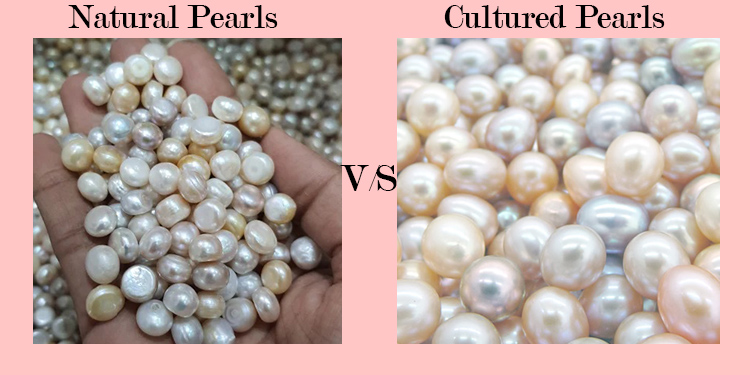
In this exploration, we embark on a journey to comprehend the intricate differences between natural and cultured pearls, unravelling the processes that give birth to these exquisite treasures.
We unravel the contrasts that define their individuality as we delve into their origin stories, growth mechanisms, and the meticulous craftsmanship behind each pearl's creation.
Moreover, we delve into the cultural significance of pearls, from their historical reverence to their modern-day symbolism as statements of refinement and luxury.
Understanding Natural Pearls
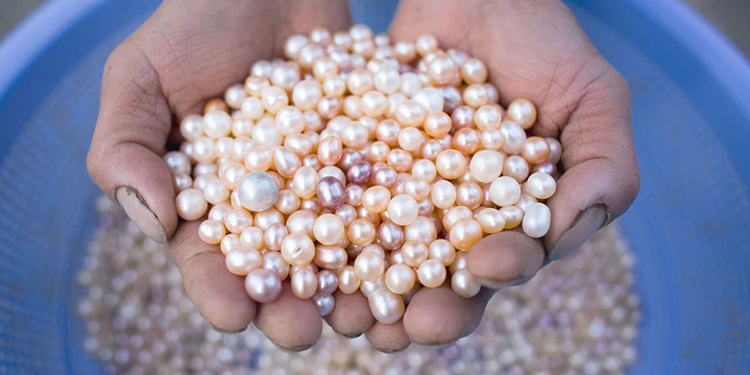
The allure of natural pearls is woven into the tapestry of human history, their elegance shaped by the mysterious dance of nature.
These treasures, formed over time within the ocean's depths, encapsulate a story that spans millennia.
Origins of Natural Pearls
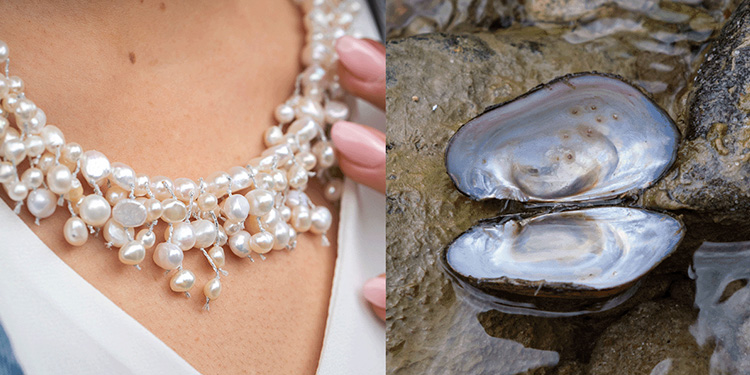
1.Formation Process in Nature- The genesis of natural pearls begins with an intruder—a grain of sand or a tiny organism—finding its way into the delicate inner folds of an oyster or mollusk.
As a protective response, these mollusks exude layers of iridescent nacre, building up over the years to form a luminous pearl.
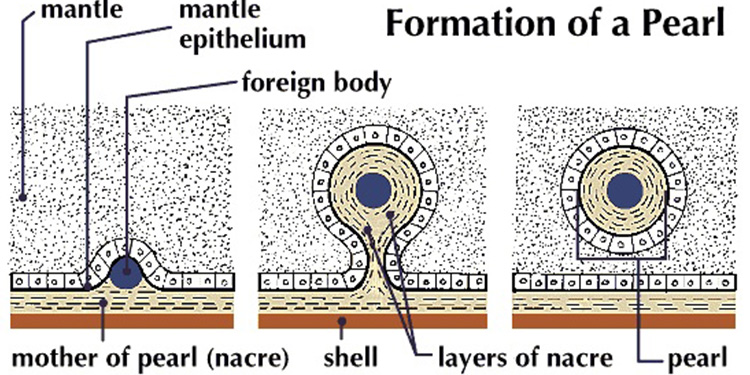
2.Role of Oysters and Mollusks- Oysters and mollusks, custodians of this organic alchemy, transform adversity into beauty.
Their meticulous layering of nacre brings forth pearls that vary in shape, size, and hue, reflecting the unique environment they inhabit.
Rarity and Exclusivity
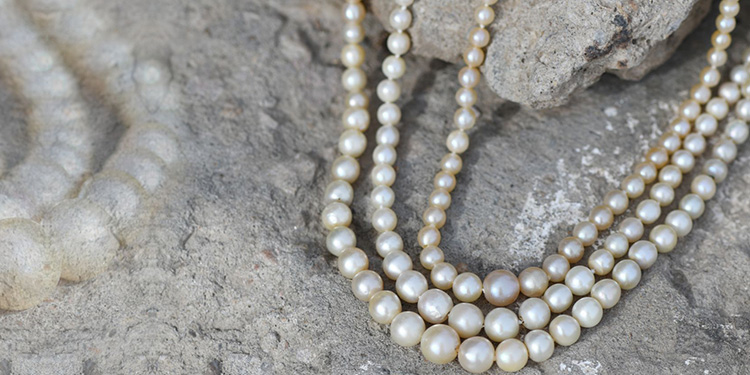
1.Factors Influencing Rarity- Natural pearls, coveted for their scarcity, owe their rarity to the unpredictable union of nature's forces—variables such as water quality, temperature, and mollusk health interplay in crafting these singular gems.
2.Historical Significance- Throughout history, natural pearls have graced the regalia of kings and queens, symbolizing luxury and power.
Tales of their discovery have been woven into folklore, immortalizing these treasures as symbols of prestige and heritage.
Harvesting Natural Pearls
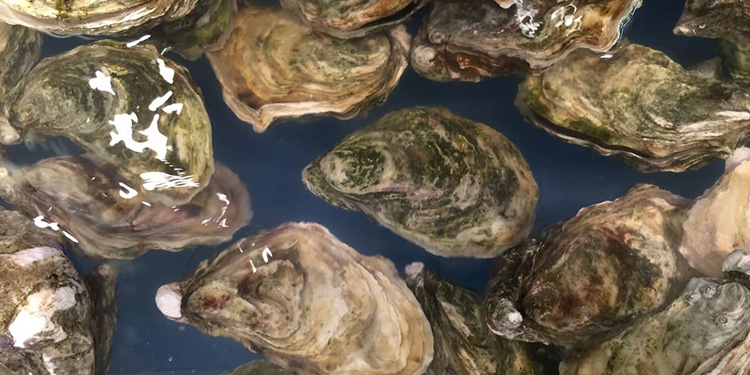
1.Traditional Pearl Diving- For centuries, brave divers have ventured into the deep, scouring the ocean floor to retrieve these hidden jewels.
Their labour-intensive efforts mirror the complex beauty of the underwater realm.
2.Challenges and Limitations- The scarcity of natural pearls has led to overharvesting and environmental strain.
As a result, regulations have been imposed to preserve these delicate ecosystems and sustain the natural pearl legacy.
Demystifying Cultured Pearls
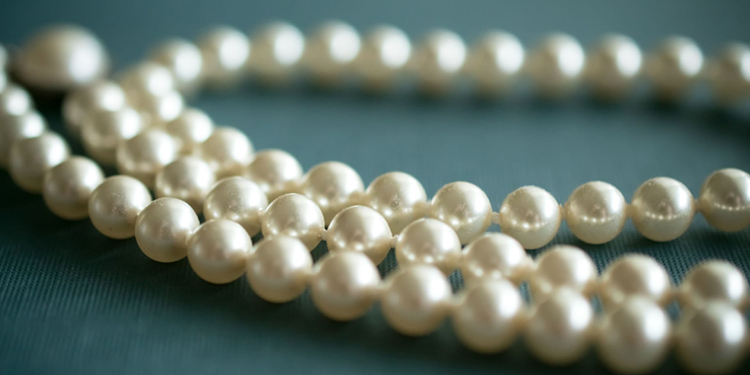
Cultured pearls, the outcome of a delicate fusion between nature and human ingenuity, have evolved into gems of significant allure.
This exposition delves into the intricate world of cultured pearls, uncovering the multifaceted process that transforms a mere oyster into a lustrous treasure.
The Cultivation Process
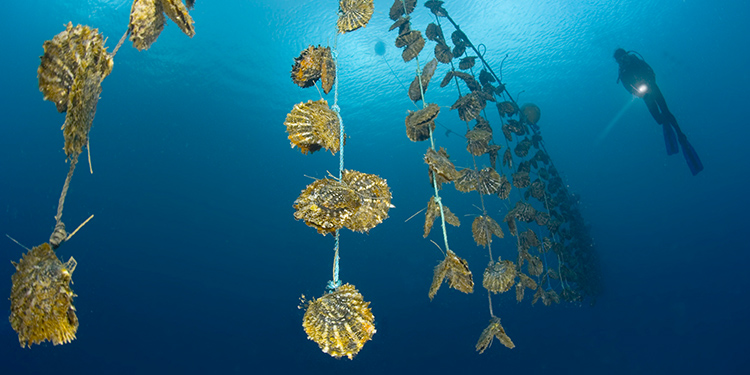
Pearl Farming, an art honed over decades, involves carefully cultivating pearls within mollusks.
Nucleation Techniques, such as bead insertion and tissue grafting, are pivotal in creating the nucleus around which a pearl forms.
Types of Cultured Pearls
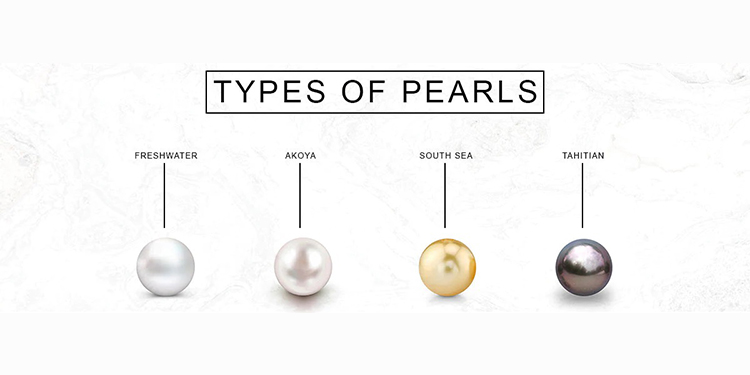
1. Akoya Pearls, renowned for their classic elegance, are cultivated primarily in Japan and China.
2. Freshwater Pearls, cultivated in mussels, offer diverse shapes and colors, often emanating from Chinese lakes and rivers.
3. South Sea Pearls, cultivated in the warm waters of the South Pacific, exhibit a luxurious size and radiant glow.
4. Tahitian Pearls, nurtured in French Polynesia, captivate with their mesmerising dark hues.
Quality and Consistency
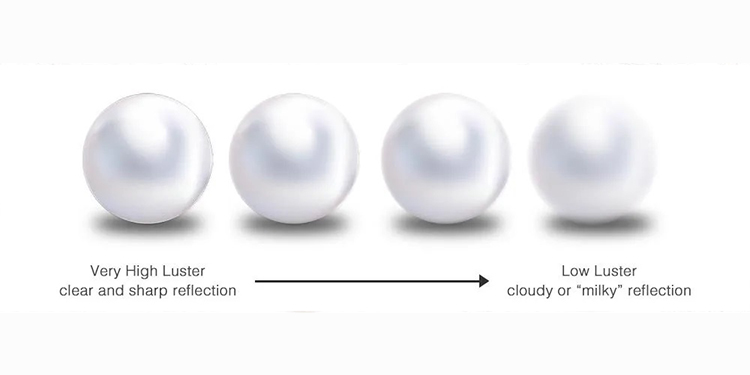
1. Controllable Growth Conditions are pivotal in cultivating pearls of consistent quality, aided by monitoring factors like water temperature and nutrient levels.
2. Grading and Standards categorise pearls based on luster, surface quality, shape, and size, ensuring a reliable benchmark for enthusiasts and buyers.
Through these insights, we embark on an enlightening voyage into cultured pearls, unraveling the meticulous craftsmanship and scientific precision underpinning their creation.
Natural vs. Cultured: The Key Differences
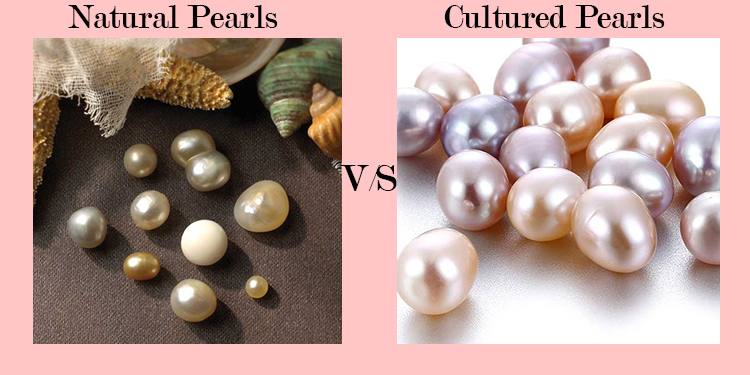
In the realm of pearls, the distinction between natural and cultured varieties lies within a realm of subtleties that can be unveiled through meticulous examination.
A discerning eye can uncover these disparities, illuminating the unique characteristics that set each type apart.
Nacre Thickness and Luster
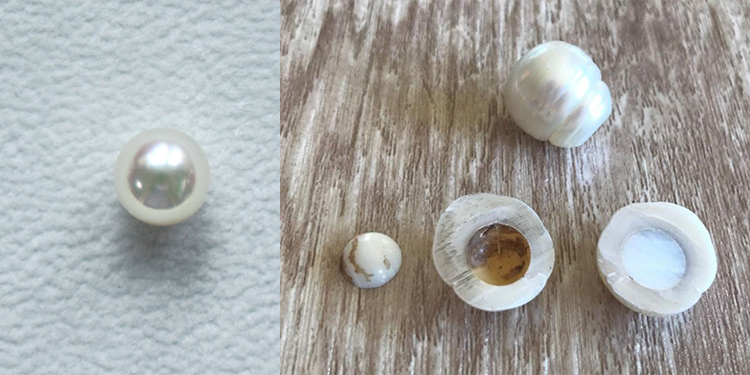
One fundamental dissimilarity emerges in the nacre thickness—the layers of iridescent substance that form a pearl's core.
Natural pearls tend to boast thicker nacre due to their unhurried growth in nature, resulting in a richer, more mesmerizing luster.
In contrast, cultured pearls, fostered within controlled environments, might exhibit thinner nacre layers and slightly diminished brilliance.
Shape, Size, and Color Variation

Natural pearls flaunt a captivating irregularity in shape and size, a testament to their organic formation.
Cultured pearls are often cultivated with a predetermined shape and size, showcasing a more uniform appearance.
While both types exhibit a diverse palette of hues, a trained eye might detect variations in color saturation, with natural pearls presenting nuanced shades.
Identifying Authenticity
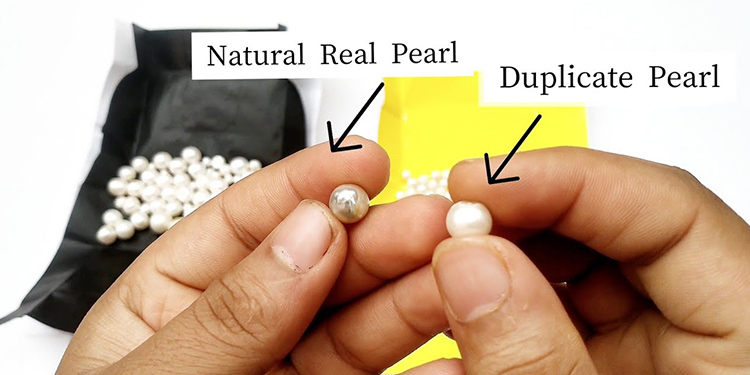
Unmasking the authenticity of pearls demands a keen assessment supported by gemological tests, X-ray radiography, and surface examination.
Gemological tests involving refractive indices and specific gravity measurements can aid in classification.
X-ray radiography unveils the inner structure, divulging the presence of a nucleus in cultured pearls.
Surface examination, encompassing blemishes and irregularities, further contributes to accurate identification.
FAQs about Natural vs. Cultured
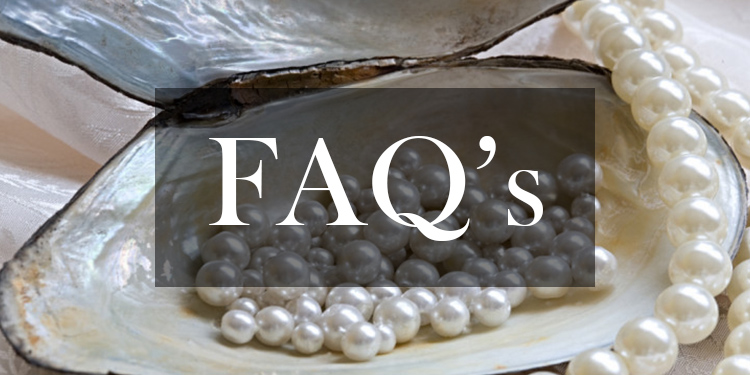
Are Natural Pearls Truly Rare?
Indeed, natural pearls are genuinely rare.
Formed by chance within oysters in the wild, their scarcity is magnified by lengthy growth periods.
This rarity bestows upon them an aura of unparalleled elegance and value in the world of precious gems.
How Can I Tell If a Pearl Is Natural or Cultured?
Distinguishing natural from cultured pearls entails noting nacre thickness for luster, irregularity for shape and size (natural), and uniformity (cultured), and employing gemological tests, X-ray radiography, and surface inspection for authenticity verification.
Are Cultured Pearls Inferior in Quality?
Cultured pearls are not inherently inferior in quality. While they may differ from natural pearls, they offer exquisite luster and beauty.
Their controlled cultivation allows for uniformity, making them a sought-after choice for those valuing elegance and precision.
What Determines the Value of a Pearl?
The value of a pearl is determined by factors such as luster, size, shape, surface quality, color, and rarity.
Natural pearls with thick nacre, intense luster, and unique features command higher prices, while well-cultured pearls with uniformity also hold value in the market.
Is Pearl Farming Harmful to Oysters?
Pearl farming's impact on oysters remains a concern. Implanting nuclei and stressing oysters can harm their well-being.
Yet, ethical practices are evolving to mitigate risks and ensure sustainability in this industry.
Conclusion
The enchanting world of pearls, encompassing natural and cultured varieties, emerges as a realm of intricate beauty and timeless allure.
Unraveling the nuances between these gems reveals a rich tapestry of nature's ingenuity and human craftsmanship.
Understanding their differences deepens our appreciation for these oceanic treasures while fostering a reverence for the delicate ecosystems that nurture them.


Leave a Comment